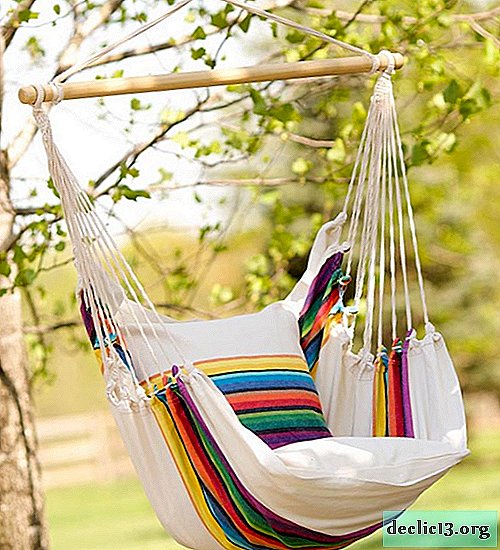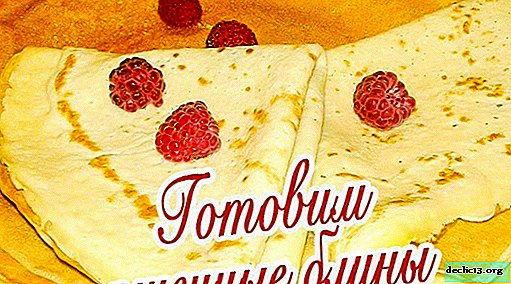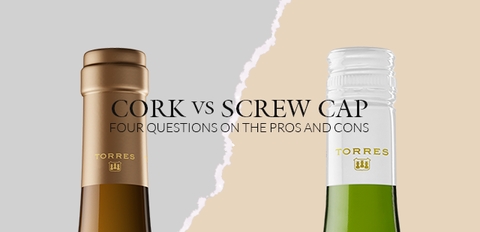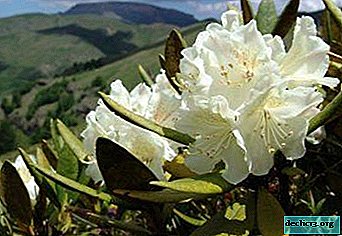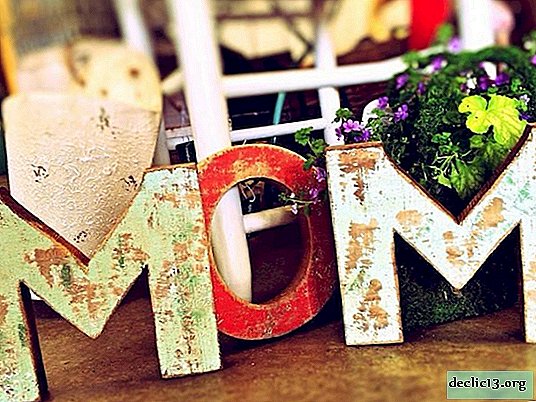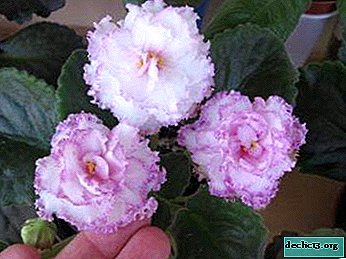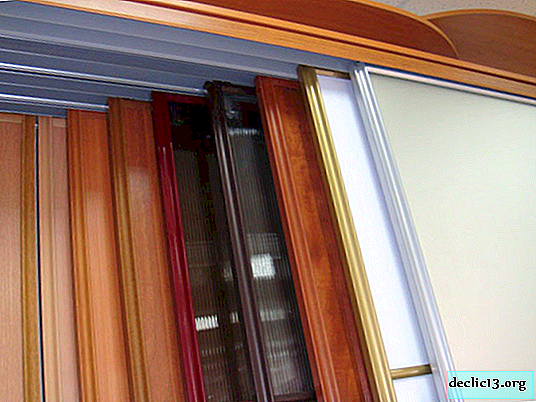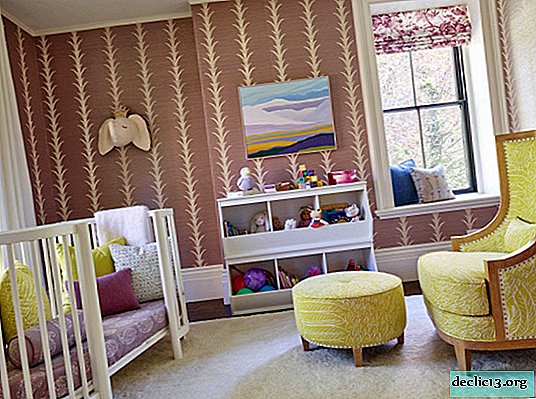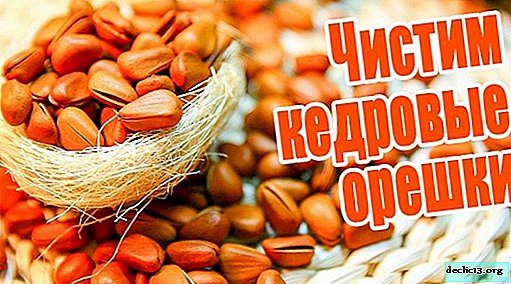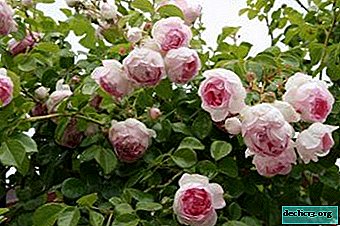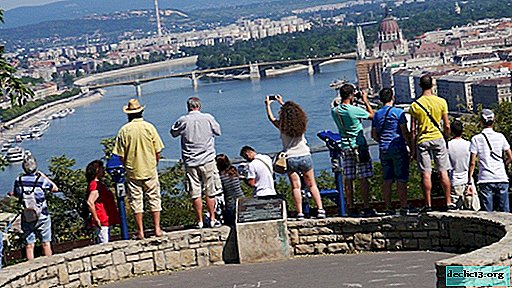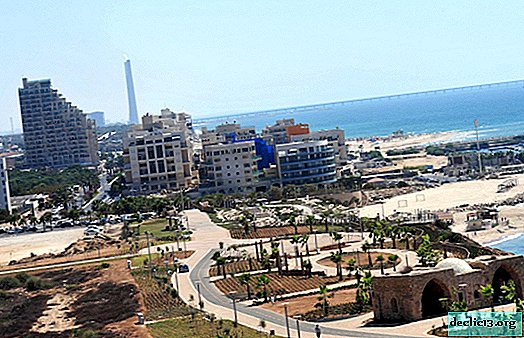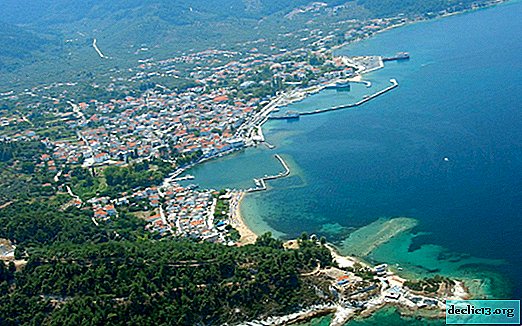Types of Parquet
In Russia, already in the 16th century they were able to make floors from oak staves, corresponding to modern parquet. Half a thousand years have passed since then, but parquet is still considered one of the main floor coverings. This material is quite complicated in terms of production. Only 300 species of trees are suitable for the manufacture of parquet for wear resistance, density and hardness of wood. The most suitable are: red and black oak, acacia, olive, ash, kumaru, walnut, kempas.
Environmental friendliness, ability to keep warm, simple leaving are the advantages of parquet among other floor coverings. But it can only be used in dry rooms, since increased humidity causes deformation and loss of aesthetic appeal. Over time, the side surfaces of wood wear out most of all. It is possible to increase wear resistance by increasing the density and hardness of wood by pressing.
Types of flooring:
- Parquet
- Stacked parquet
- Art parquet
- Pronto-parquet
- Modular (parquet boards)
Parquet
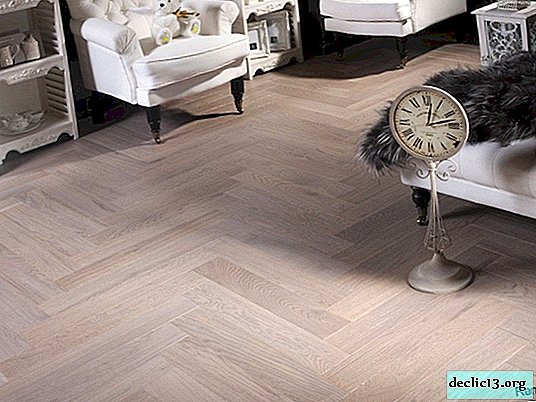
For piece parquet bars are used, the length of which is 15-60 cm, width 3-10 cm and thickness 16 mm, with specially made grooves and ridges for tongue and groove joints. This is the easiest type of parquet. It is made from inexpensive tree species, such as: oak, maple, cherry, ash, walnut, acacia. It is the easiest to manufacture and install.
It is classified according to cut patterns:
- Wagon - variable pattern and small knots;
- Classic - textured pattern;
- Natur - a pattern with small knots, regularly repeated;
- Select - a uniform small drawing;
- Guest - contrast, mixed cut;
- Antique - a game of colors, a changing pattern.
Unlike the floorboard, the parquet has a tongue and groove at the ends. In addition to the layer of varnish covering the surface of the parquet bars, it does not have additional protection. It can last 70-90 years with proper use. Humidity should not exceed 30%. This is the cheapest type of flooring, from 25 to 65 dollars per sq.m. which is usually stacked in hallways or living rooms. The most common brands are "Natur", "Select", "Country", "WURDECK".
Art parquet

This is the most difficult parquet in design and production. For its production, several species of wood are used, different in texture and color. The most popular combination of tree species for this type of flooring is maple, mahogany and ebony, ash, oak, kempas. Parquet is designed for a certain area of the room and is laid out according to the developed scheme.
Art parquet has high performance characteristics - resistance to temperature and humidity changes. It does not lose its qualities even at a humidity of more than 45%.
The technological process is similar to the production of typesetting and panel parquet and can last more than one year. The plates are in the form of complex and even curved shapes glued and pressed together.
The cost reaches from 700 to 3000 thousand dollars per square meter. meter. It is used mainly in museums, exhibition halls, luxury hotels.
The most popular brands are ASV-parquet, Edelweiss, and the joint Russian-Austrian company Alpenholtz.
Stacked parquet

This type of parquet is assembled from parquet planks ranging in size from 40x40 cm to 60x60 cm. Another typesetting parquet is called mosaic, because all kinds of drawings can be laid out from it. This is one of the varieties of panel parquet, and wooden or concrete bases are laid with glue.
Stacked flooring differs in the ways of fastening to the base and edge profiles:
Hard rail parquet. It is made from expensive wood. It has grooves on both sides, and ridges on two opposite sides. Nailed to the floor. To date, it is used quite rarely due to the complexity of its manufacture.
Soft rail parquet. The cheapest and most common type of flooring. Parquet strips have grooves on all four sides, stacked by riveting.
Rivet riveting. Planks of this type of parquet have an edge with a small kosin around the perimeter.
Rivet with a fold. This type of parquet is fixed with mastic or hot asphalt mass to the oblique folds, available on all four sides. This type of flooring is the most durable among its "classmates"
Stacked parquet has the same characteristics as panel parquet, but it is more diverse in texture and colorful in color. And therefore, living rooms are often used to complement the interior.
Its cost ranges from 45 to 80 dollars per square meter. meter, the most famous brands are "Plank", "ALPINA" and "ACOSTA".
Modular (parquet boards)

This parquet has the oldest manufacturing technology, which was still used for the palace parquet. On the base, which consists of wood boards or boards, small planks of hardwood are glued. The usual area of shields is from 400x400 to 800x800 mm, and the thickness is usually 7-8 mm. In most cases, parquet boards are already available with varnish, unlike prono-parquet.
The process of laying parquet boards is quite complicated. Although there are grooves and spikes in their design, but if you do not strictly maintain a right angle, slots form between the connecting shields. The small thickness of the panels makes it possible to stack them without removing the old layer of the floor.
Shield parquet in vertical section represents a three-layer structure in which the lower two layers consist of several wood fibers, mainly conifers, located perpendicular to each other. And the top layer - dies of valuable and hardwoods of a thickness not exceeding 4 mm.
Panel parquet, depending on the type of base, is divided into categories:
- Frame base. On the glue and spikes in the corners of the frame made strapping. On a non-through straight spike in the strapping grooves, filling rails are fixed.
- The rack basis. On both sides the base is faced with peeled veneer.
- Two rack base. Reiki have a mutually perpendicular direction and are glued together.
- Chipboard base. The base can also be made of cement-bonded particleboard.
Panel parquet by type of front coating is divided into:
- flooring planks;
- covering with square planed or peeled veneer;
- covering with plywood, facing plate.
Panel parquet has similar characteristics regardless of the types of substrates and cladding, has sufficient strength, but at the same time is more susceptible to environmental influences than other types of parquet. And although it is not so capable of maintaining a geometric shape, but under normal temperature conditions, the service life is 60-75 years.
Very popular panel parquet brands "TARKETT" and "ALPINA" and Swedish "Chers".
Ideal for public areas with a stable temperature and high load. The cost is 50-85 dollars per sq. meter.
Pronto-parquet

They are made of various types of wood arranged in layers. Inside there are softer species, such as wenge, ash, pine, acacia. The upper layers are made of harder species such as oak, walnut, and mahogany. In the factory, the wood is ground, glued, pressed, and varnished to achieve high strength and durability.
Thanks to complex technological processing, the prono-parquet is resistant to changes in humidity in the room. Thanks to perfect geometric proportions and an absolutely smooth surface, a perfect flooring is achieved.
The production of pronto-parquet has a rather laborious and lengthy technological process, which takes up to 7 months. The upper layers of the parquet are located crosswise to each other, and then pressed and hardened. This is necessary to achieve increased resistance to deformation when exposed to changes in temperature and humidity in the room.
Pronto-parquet is installed relatively quickly thanks to spikes and grooves located exactly in size. The total thickness of the parts is from 10 to 14 mm, the top layer is made of healthy wood about 4 mm.
Pronto-parquet can be varnished in the factory, or maybe after installation. This is the most durable and practical type of parquet, it keeps its geometric shape throughout its entire life. In cases when its aesthetic qualities have lost over time, after polishing and varnishing it looks like new.
It can be successfully used in rooms with air humidity exceeding 40%. First of all, it is intended for dancing rooms and other places with increased load. Although it is not inferior in all respects to the strength of the laminate, but because of the time-consuming laying process and the higher cost, the demand for it is less than for the laminate.
The most popular Italian manufacturers of prononto-parquet "Listone Giordano MAXI", "Plank", "ACOSTA" and "Terme firenze", Italy is famous for the production of interior items made of wood, as Italian craftsmen carefully observe the production process in order to maintain the country's image on the world market.
Also, high-quality prono-parquet is produced under the Tarkett and Park-9 brands of Russian manufacturers.
The cost of this type of flooring ranges from 50-80 dollars per square meter. meter of unvarnished parquet and 110-180 dollars per square meter. meter of varnished parquet.


